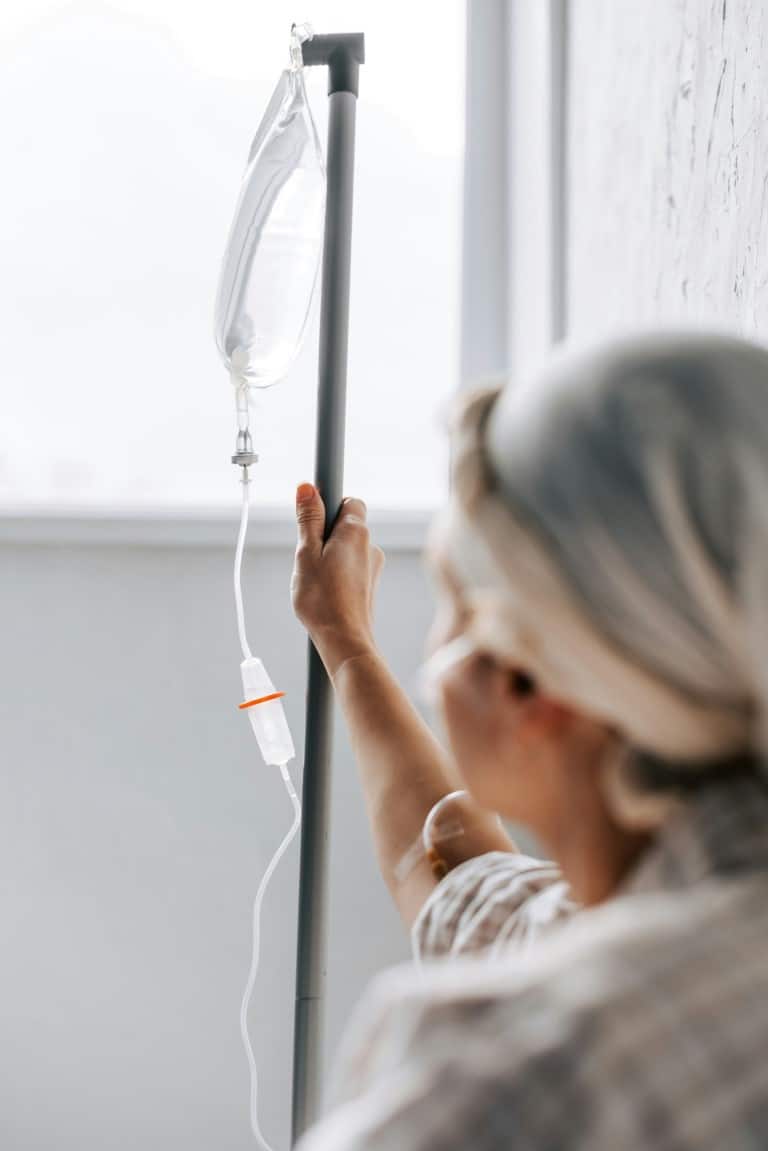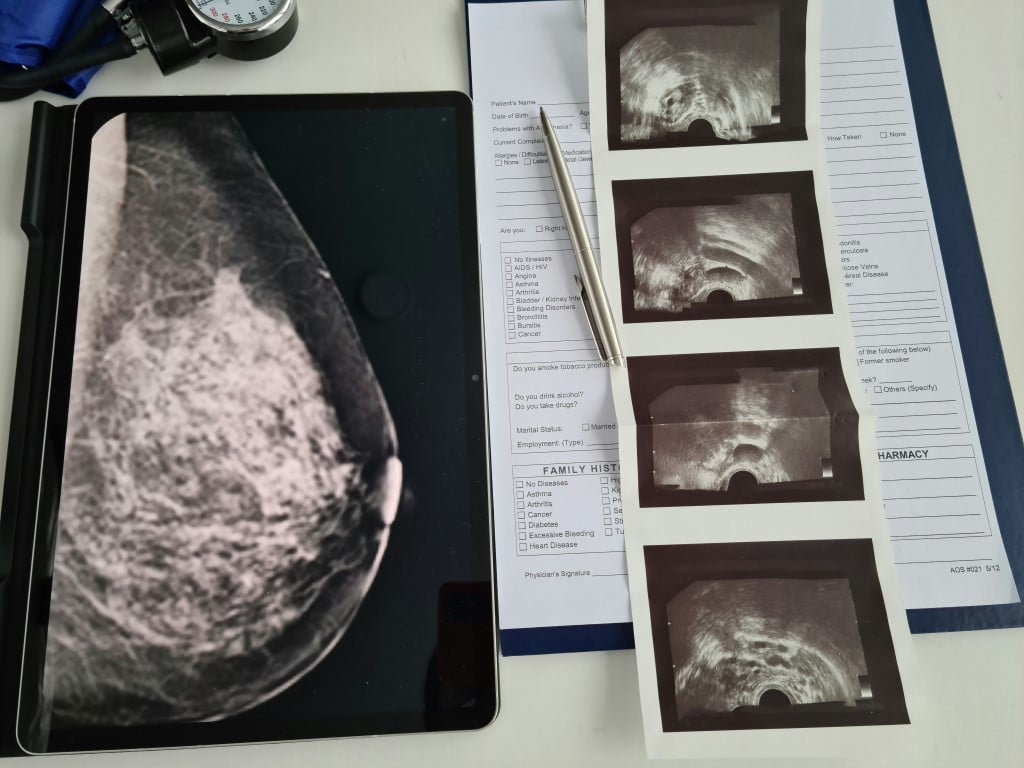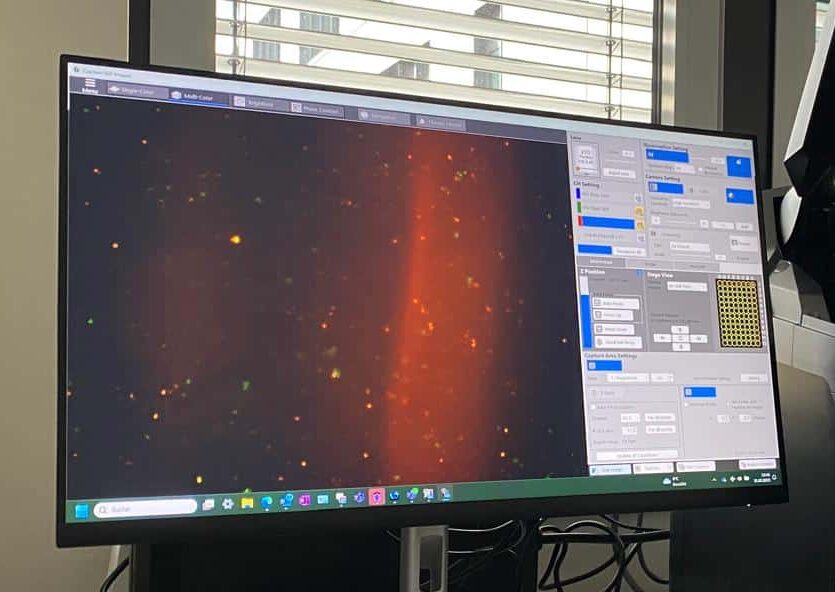OUR PATIENT COMMUNITY
Our patient community is why we’re here. Like a number of organisations, we use the term Patient Community to refer to you, your family, friends and supporters. We also want to include Patient Advocacy groups; whose work is invaluable in putting the Patient at the centre of cancer treatment and care. Putting the Patient centre stage is so important to us that even though we’re a relatively small organisation (by pharmaceutical standards), we have our own independent Patient Advocate, with her own experience of two types of breast cancer. She works with us on everything we do – so we stand a better chance of getting it right for you.
GETTING STARTED – UNDERSTANDING BREAST CANCER: A SIMPLE GUIDE
Breast cancer happens when cells in the breast grow in a way that isn’t normal. These cells can form a lump (called a tumour), and in some cases, may spread to other parts of the body. Not all lumps are cancerous – but when they are, your doctor will work with you to find the best way to treat them.
Types of breast cancer
There are different types of breast cancer. Here are the main ones:
- Ductal carcinoma in situ (DCIS)
Cancer cells are found in the ducts (tubes) of the breast, but haven’t spread – often called a pre-cancer. - Invasive ductal carcinoma (IDC)
The most common type – it starts in the ducts and spreads to nearby tissue. - Invasive lobular carcinoma (ILC)
Starts in the lobules (milk-producing glands) and can also spread. - Triple-negative breast cancer (TNBC)
A type that doesn’t have the three common hormone markers. It can be more aggressive, but there are treatments available. - HER2-positive breast cancer
This type has high levels of a protein called HER2, and may respond to targeted treatments.


TREATMENT PATHWAYS
Treatment depends on the type of breast cancer, its stage (how much it’s spread), and other factors like your age, general health and tumour biology.
Most treatment pathways include a mix of the following:
- Surgery – to remove the tumour
- Chemotherapy – to kill cancer cells or shrink the tumour
- Radiotherapy – uses targeted radiation to destroy cancer cells
- Hormone therapy – blocks hormones that fuel some cancers
- Targeted therapy – drugs that target specific cancer cell features (like HER2)
- Immunotherapy – helps your body’s immune system fight the cancer (used in certain cases).
Your care team will guide you through the options.
WHAT ARE CTCs (CIRCULATION TUMOUR CELLS)?
Cancer cells don’t always stay in one place. Sometimes, they break away from the main tumour and enter the bloodstream. These are called Circulating Tumour Cells or CTCs.
CTCs can sometimes be found through a blood sample- often referred to as a liquid biopsy. This is a non-invasive way to collect information that might help you and your medical team understand more about your cancer.
WHAT CTCs MAY HELP INDICATE (IN RESEARCH USE)
When CTCs are measured in research settings, scientists can study:
- How many tumour cells are present in the blood
- What kind of characteristics those cells have
- How these cells change over time
Although this information does not diagnose cancer, it may offer clues – under investigation- about:
- Whether cancer is active or responding to treatment
- How it might behave or spread (its aggressiveness)
- Whether certain therapies might be more or less effective than others
Important note: Tests that measure CTCs, like the Sentinel qCTC assay, are for Research Use Only (RUO). They are not used to make or confirm a diagnosis or choose a treatment on their own. Always speak with your doctor about any test results.


UNDERSTANDING BREAST CANCER – SUMMARY
- Breast cancer is not one disease – it has many forms and paths.
- Treatments are tailored to the individual and their tumour.
- Measuring CTCs through a blood test is being explored as a way to support understanding of the cancer, but it’s not a substitute for diagnosis or treatment decisions.
- If you’re unsure about anything, your care team – and our Patient Advocate are here to help.
WHAT TESTS DO WE HAVE?
We have two types of test:
- To support diagnosis – and count CTCs
- To help medical teams gauge what treatment plans might be most effective – analysing the CTCs’ characteristics.
WHICH TEST IS RIGHT FOR ME? AND WHEN SHOULD I TAKE IT?
If you’ve not been diagnosed with breast cancer
If you’ve not been diagnosed with breast cancer previously but are concerned, by all means use the test which supports diagnosis, but get yourself checked out as soon as possible by your GP. Please don’t delay for any reason – the timing is never right and the earlier any form of breast cancer is diagnosed, the better the outcome will be. Testing at this point will help determine diagnosis, giving you and your doctor the critical information you need.
IF YOU'VE ALREADY BEEN DIAGNOSED WITH BREAST CANCER, TAKE THE TEST AS FOLLOWS;
- Before starting chemotherapy prior to surgery
- Before surgery
- Two or three weeks after a chemotherapy cycle
- Two or three weeks following completion of therapy such as radiotherapy or endocrine therapy
Taking the test at any point during your treatment helps your doctor measure the impact of your treatment.
IF YOU'VE COMPLETED YOUR MAIN TREATMENT
If you’ve completed your main treatment (surgery, chemotherapy and/or radiotherapy etc.) then the test can be used for monitoring recurrence or treatment response.
Post treatment samples may be collected at any time during hormone or maintenance therapy – e.g. tamoxifen.
START GUIDE & CHECKLIST
Our Quick start guide and My checklist are handy shortcuts
GETTING YOUR RESULTS
Once our lab has processed your sample, your test results will be securely sent to your doctor.
Your doctor will:
- Review the results in the context of your overall health and treatment
- Help you decide on any next steps, if needed
You’ll also receive a short summary, but we recommend discussing it with your doctor to fully understand what it means for you. We understand that receiving your test results can be an emotional experience- especially if they raise new questions. These results may provide additional information you and your doctor can consider alongside other clinical tools. While the test is intended for research use only, it may help inform discussions with your medical team. You’re not alone- support is here to help you navigate next steps.


UNDERSTANDING YOUR RESULTS – SUMMARY
Your Sentinel qCTC test results include details on whether Circulating Tumour Cells (CTCs) were found in your blood, and how many.
These results do not diagnose cancer by themselves but provide additional information to help your doctor decide next steps. Your healthcare team will interpret your results in the context of your medical history, treatments, and other tests.
Please speak to your doctor to understand what these results mean for you.
OUR SUPPORT
We are here to help.
Please talk through your results with your medical team. If your doctor has queries, please ask them to call our Clinical Helpline.
If you still have unanswered questions, then please contact us using the Contact Form and we will respond within one working day.
Please do look at our Frequently Asked Questions (FAQs) below or use the Contact Form.